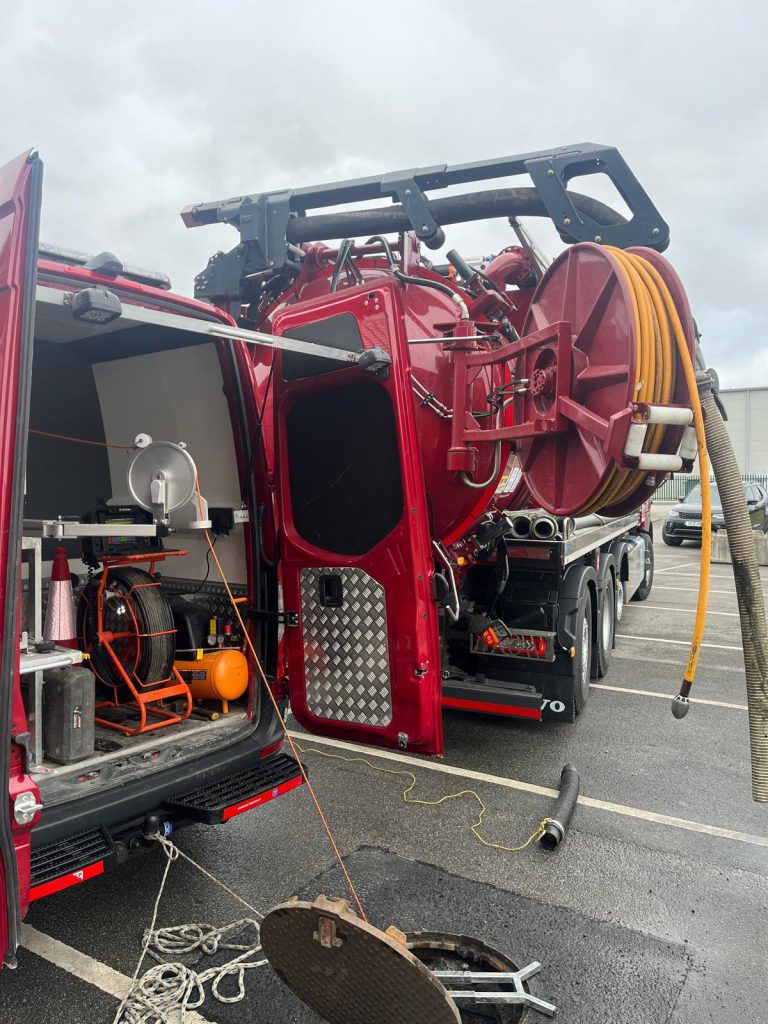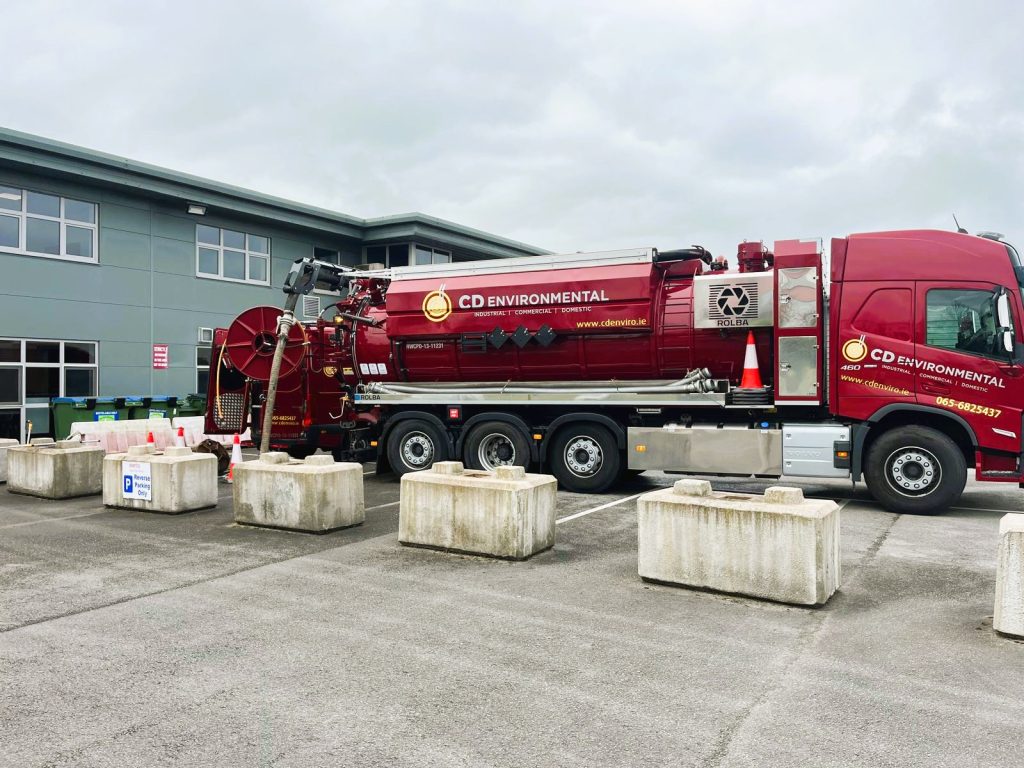When it comes to the maintenance and upkeep of commercial facilities, one of the most crucial elements to monitor is the integrity of pipes and bunds. These systems play a vital role in maintaining the functionality and safety of the property, ensuring that essential services are uninterrupted and that hazardous materials are contained safely. However, over time, pipes and bunds can become damaged or degrade due to wear and tear, age, or environmental factors. Pipe and Bund Repairs and Relining is a key concern. This makes regular inspections, repairs, and relining a key part of any comprehensive facility management plan.
For Facility Managers, understanding the different options available for pipe and bund repairs, as well as the importance of excellent contractor communication and quality reporting, is essential in maintaining the long-term operational efficiency and safety of their buildings.
The Importance of Pipe and Bund Maintenance
Pipes, whether carrying water, gas, wastewater or part of the process system, are critical components of any commercial facility. A malfunctioning or damaged pipe can cause significant disruption, water damage, or even health and safety hazards if untreated. Similarly, bunds—structures designed to contain potential leaks from hazardous liquids such as chemicals or oils—are key to preventing contamination and meeting legal environmental standards. Regular maintenance and repair of these systems ensure their continued efficiency, help comply with regulatory requirements, and prevent costly repairs or environmental damage.
Pipe and Bund Repair Options
- Traditional Pipe Repair For pipes that have small cracks or leaks, traditional repair methods like excavation and replacement of damaged sections may be necessary. These methods can be time-consuming and costly, especially in a commercial environment where downtime and disruption can impact business operations. However, this approach is effective for extensive damage and where a straightforward fix is required.
- Pipe Relining Pipe relining is a more modern and often more cost-effective solution, particularly for minor cracks, leaks, or blockages. In this process, a resin-saturated liner is inserted into the existing pipe, which hardens and forms a new, seamless inner layer. This method eliminates the need for extensive excavation and offers minimal disruption to operations. It’s ideal for situations where pipes are still structurally sound but need an added layer of protection against further deterioration.
- Bund Repair and Relining Bunds, often used to contain potentially hazardous substances, may experience wear and tear due to chemical exposure, ground movement, or long-term use. When a bund is compromised, it’s critical to repair it promptly to avoid leaks or spills. Similar to pipes, bunds can be relined using modern materials like concrete or geotextile membranes, which offer a durable solution that can extend the lifespan of the containment system.
The Importance of Communication and Reporting
Effective communication and reporting are vital to the success of any repair or relining project, particularly in a commercial setting where operational continuity is paramount. Pipe and Bund Repairs and Relining has to be a topic on everyone’s agenda. Facility managers need to ensure that all stakeholders, from contractors to building owners and staff, are kept informed throughout the repair process.
- Clear Communication with Clients Clear and ongoing communication with clients is crucial before, during, and after the repair process. Before beginning repairs or relining, it’s essential to conduct a thorough assessment of the damage and discuss the most appropriate course of action with the client. Setting clear expectations around the project timeline, potential disruptions, and costs will help prevent any misunderstandings.
During the work, the client should be kept updated on progress, any unexpected issues, and revised timelines if necessary. Post-project communication is equally important, as clients need to be informed about the long-term benefits of the repairs and how to monitor the systems moving forward.
- Comprehensive Quality Reporting to WRC Standards and EN1610 Compliance
When carrying out pipe and bund repairs, it is critical to adhere to industry standards, including the Water Services Regulation Authority (WRC) and the European Standard EN1610 for the construction and testing of underground drainage systems and bunded storage solutions. Compliance with these standards ensures that work is carried out to the highest quality and safety levels, protecting the integrity of the facility and ensuring regulatory compliance.
WRC Standards are vital for ensuring that all aspects of water services, from installation to maintenance, meet national regulations for water quality, drainage, and environmental protection. These standards outline strict guidelines for ensuring that repairs or relining activities adhere to safe, efficient, and environmentally responsible practices.
EN1610 standards govern the testing and installation of drainage systems and bunded storage, specifying requirements for the proper installation of pipes, fittings, and other components used in underground drainage. Under these guidelines, commercial facility managers are required to ensure that pipe repairs, relining, or installation are conducted with meticulous attention to detail to maintain their structural integrity and performance over time. Additionally, EN1610 standards dictate the correct procedures for leak testing, pressure testing, and other essential checks, helping to ensure that any relined pipe meets operational and safety criteria.
For both pipe and bund repairs, these standards provide the foundation for ensuring that the repairs are legally compliant, safe, and long-lasting. The use of WinCan VX reporting software further supports this by ensuring that inspection data and repair documentation adhere to both WRC and EN1610 standards.
WinCan VX allows for comprehensive data collection, including accurate measurements, inspections, and condition assessments. These reports include high-resolution images, video footage, and precise records of the pipe’s condition. With WinCan VX, the software auto-generates reports that adhere to WRC guidelines, ensuring that all regulatory requirements are met.
Key elements of reports using WinCan VX include:
- Inspection Data: Clear documentation of all pipe inspections, including location, defect types, and severity.
- Photographic Evidence: High-quality images and videos captured during the inspection, embedded directly into the report.
- Condition Grading: Pipes are graded according to their condition, allowing for easy identification of areas requiring urgent attention.
- Action Recommendations: Based on the inspection findings, the software generates action plans or repair recommendations, ensuring that all potential issues are addressed promptly.
- Regulatory Compliance: Reports generated via WinCan VX are designed to meet all relevant industry and regulatory standards, including WRC and EN1610, ensuring clients remain compliant with all local regulations.
For Facility Managers, addressing pipe and bund repair needs with the right solutions—whether through traditional methods or modern relining techniques—requires a detailed understanding of the available options. By choosing the most appropriate repair method, they can ensure that pipes and bunds continue to function efficiently and safely.
Let’s face it – nobody likes surprises!
Equally important is maintaining excellent communication and providing quality reporting throughout the repair process.
With the help of WinCan VX reporting software and adherence to WRC and EN1610 standards, CD Environmental supports facility managers ensuring that all inspections, repairs, and relining activities are documented accurately and professionally, offering clients peace of mind and transparency.
For pharmaceutical, and other sectors, in Ireland, pipe and bund testing are ‘MUST DO’ practices for ensuring the safe and efficient operation of production facilities. Pipe and Bund Repairs and Relining is an area preventive maintenance can address.
Keeping clients informed at every stage, delivering comprehensive and compliant reports, and offering long-term recommendations not only builds trust but also enhance the facility’s operational efficiency and regulatory compliance.
A signature of CD Environmental is ‘getting it right, first time’ – professionally, skilfully, safely and efficiently. Get in touch if we can help you with this service.


